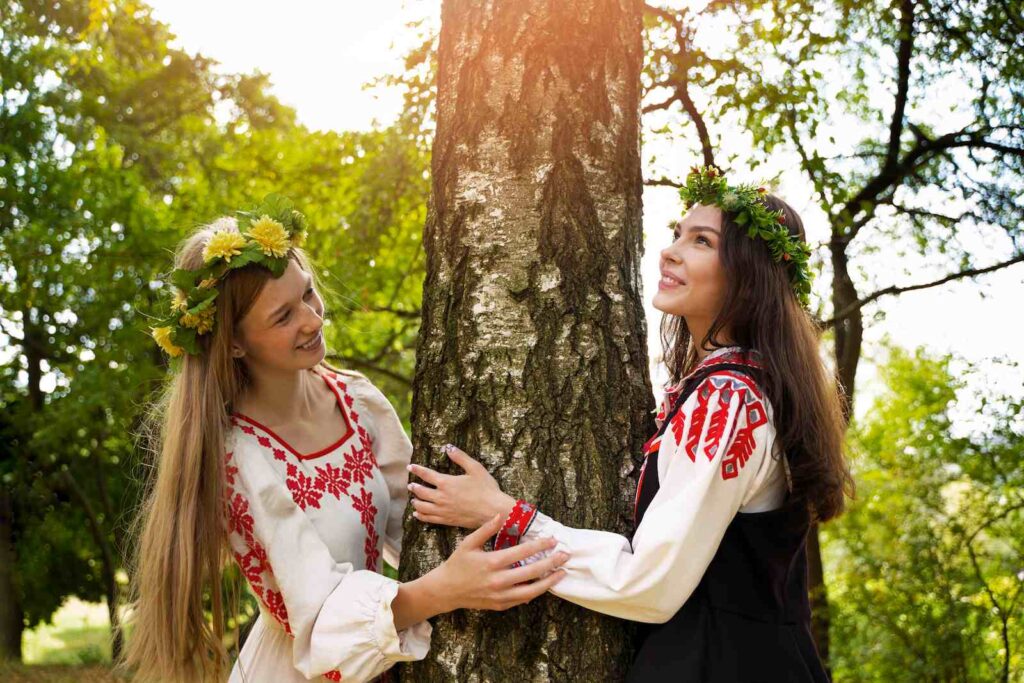What if speakers of Czech, Ukrainian, Russian, Polish, and other Slavic languages could all communicate — without needing translation?
That’s the idea behind Interslavic — a constructed language created to help Slavs understand each other more easily.
All Slavic languages share many similar words and structures. If you speak one, you might already understand parts of another.
But there are also big differences — grammar, pronunciation, and vocabulary can vary widely. Over centuries, each nation developed its own version of Slavic. To help bridge these gaps and preserve shared cultural roots, language enthusiasts and linguists began developing synthetic Pan-Slavic languages, such as Slovianski, Slovioski, and Novoslovienskij. Among these, Interslavic (Mežeslavjanski jazyk) has become the most widely recognized.
What Does Interslavic Look Like?
Mežeslavjanski jazyk silno olakšuje razumevání mezi Slavanami iz raznih zemalj. Možete mirno komunicirati na odmoru ili na internetu.
(Interslavic makes it much easier for Slavs from different countries to understand each other. You can communicate freely — while traveling or online.)
Even if you've never studied it, you can probably understand at least part of it — especially if you speak a Slavic language.
Let’s Compare:
| Czech | Slovenian | Ukrainian | Russian | Inter-Slavic |
| červený | rdeča | worm | красный | červona |
| postel | postelja | bed | кровать | postelja |
| krása | lepota | beauty | красота | krasota |
| koník | kobilica | conic | кузнечик | kobylka |
| ráno | jutro | canola | утро | jutro |
You can see how many words share common roots.
Interslavic chooses the most recognizable forms, often based on shared roots and Old Church Slavonic.

How Does Interslavic Work?
A B B C Č D E F G G H I J K L M N O P R S Š T U V Z Ž
Interslavic currently has around 18,000 words, and the vocabulary continues to grow. It’s already being used online, in forums, videos, and creative projects.
Interslavic in Media and Culture
Interslavic is slowly making its way into modern culture:
For non-Slavic learners, Interslavic can be a gateway to Slavic culture — easier than diving straight into Russian or Polish.
Russian is one of the most complex Slavic languages. That’s why some learners find it difficult to master.
Curious about why Russian stands out? Check out our article here.
You don’t need to wait for a universal Slavic language — you can start with Russian today. At Palme School, we teach Russian to children from bilingual families around the world — including complete beginners.
Our students learn to read, write, and speak with confidence. Try a free trial lesson — just fill out the form below and start your journey.






